A Somali-American teenager is being celebrated as the first woman in history to make it to the semifinals of a beauty contest while wearing a hijab throughout the competition and a burkini during the swimsuit portion.
Halima Aden, 19, says she decided to compete in the Miss Minnesota USA competition to show people “who she really is” and to tell other Muslim women that they “are empowered” and can “do anything” if they try. Social media has responded with fervent praise.
But should America be celebrating the donning of a hijab and burkini in a beauty contest? It’s certainly hard to reconcile the teaching of Islam with a spectacle like the Miss USA pageant in which physical beauty is put on public display and judged. This seems to fly in the face of the Quran, which clearly teaches in 24:31 that women are to veil their beauty, not flaunt it for the world to see.
And say to the believing women that they should lower their gaze and guard their modesty; that they should not display their beauty and ornaments except what (must ordinarily) appear thereof; that they should draw their veils over their bosoms and not display their beauty except to their husbands, their fathers, their husband’s fathers, their sons, their husbands’ sons, their brothers or their brothers’ sons, or their sisters’ sons, or their women, or the slaves whom their right hands possess, or male servants free of physical needs, or small children who have no sense of the shame of sex; and that they should not strike their feet in order to draw attention to their hidden ornaments. And O ye Believers! turn ye all together towards Allah, that ye may attain Bliss. (Yusuf Ali)
In a beauty pageant that celebrates female beauty, it’s difficult to judge a woman’s looks if most of it is hidden, which, as stated in the excerpt above, is one of the reasons for coverings in the first place.
Female beauty in Islam is considered a sexual temptation to men, which is why they’re not to “display their beauty except to their husbands.”
In other words, instead of men taking personal responsibility for their thoughts and actions, women have to cover up their sexuality so men won’t be tempted. Think about that. Women, who are simply being themselves, are blamed for a man’s lust!
Such “purity” is really a prison in which women must put themselves. Their freedom is sacrificed on the altar of “honor.” In the name of not sexualizing women, Islamists sexualize them to such a degree that they must be covered to hide their physical beauty. This goes way beyond mere modesty.
This treatment of women has been soundly rejected by the West, yet here we are, celebrating and normalizing the wearing of the hijab as if it’s just a fashion statement or simply a commitment to chastity. What used to be seen as backwards, not only in the West, but in many Muslim countries as well, is on the rise.
Athletes are competing in hijabs, and Western female competitors are being told they have to wear them if they compete in Muslim countries. Schools are encouraged to participate in activities such as “Walk a Mile in Her Hijab Day.” Here’s a video of students at a high school in Illinois helping each other don hijabs.
There’s also a World Hijab Day celebration in which woman are encouraged to wear hijabs as a sign of “empowerment” and are called “queens, princesses, and sultanas.” We even have a new line of emoji depicting women in hijabs due to the increase in demand for emoji with headscarfs and beards.
While people are free to wear what they want, celebrating a religious and cultural practice that denigrates women is something people who value liberty and equality must not do.
Asra Nomani, co-founder of the Muslim Reform movement and author of “Standing Alone: An American Woman’s Struggle for the Soul of Islam,” wrote an article in the Washington Post with fellow Muslim Hala Arafa, asking women “not to wear the hijab in the name of interfaith solidarity.” These Muslim women say passages like the one above are speaking to cultural issues at the time they were written and have no literal application today; any teachings to be gleaned are spiritual in nature.
They also reject the “interpretation that the hijab is merely a symbol of modesty and dignity adopted by faithful female followers of Islam.”
To us, the “hijab” is a symbol of an interpretation of Islam we reject that believes that women are a sexual distraction to men, who are weak, and thus must not be tempted by the sight of our hair. We don’t buy it. This ideology promotes a social attitude that absolves men of sexually harassing women and puts the onus on the victim to protect herself by covering up. . . .
As women who grew up in modern Muslim families with theologians, we are trying to reclaim our religion from the prongs of a strict interpretation. Like in our youth, we are witnessing attempts to make this strict ideology the one and only accepted face of Islam. We have seen what the resurgence of political Islam has done to our regions of origin and to our adoptive country.
As Americans, we believe in freedom of religion. But we need to clarify to those in universities, the media and discussion forums that in exploring the “hijab,” they are not exploring Islam, but rather the ideology of political Islam as practiced by the mullahs, or clerics, of Iran and Saudi Arabia, the Taliban in Afghanistan and the Islamic State.
In the name of “interfaith,” these well-intentioned Americans are getting duped by the agenda of Muslims who argue that a woman’s honor lies in her “chastity” and unwittingly pushing a platform to put a hijab on every woman.
Please do this instead: Do not wear a headscarf in “solidarity” with the ideology that most silences us, equating our bodies with “honor.” Stand with us instead with moral courage against the ideology of Islamism that demands we cover our hair.
Yasmin Alibhai-Brown agrees, writing at The Guardian, “As a Muslim woman, I see the veil as a rejection of progressive values.” Like Nomani and Arafa, Alibhai-Brown gives the history of the hijab and tells how movement in the sixties to free women of this oppressive practice has been sidetracked by a severely fundamentalist movement—one the West should not celebrate or adopt.
All religions cast women as sinners and temptresses. Conservative Islam has revived the slander for our times. Women have to be sequestered or contained lest they raise male lust and cause public disorder. Some young Muslim women argue that veils liberate them from a modern culture that objectifies and sexualises females. That argument is appealing; but if credible, why would so many hijabis dress in tight jeans and clinging tops, and why would so many Muslim women flock to have liposuction or breast enhancements?
Or compete in beauty contests?
Alibhai-Brown admits the issue is complicated, but when all the justifications are cleared away, for her, veils “represent both religious arrogance and subjugation.”
[T]hey both desexualise and fervidly sexualise. Women are primarily seen as sexual creatures whose hair and bodies incite desire and disorder in the public space. The claim that veils protect women from lasciviousness and disrespect carries an element of self-deception. I have been at graduation ceremonies where shrouded female students have refused to shake the hand of the chancellor. Veiled women have provoked confrontations over their right to wear veils, in courts, at schools and in colleges and workplaces. But I regard their victories as a rejection of social compromise.
Like a half-naked woman, a veiled female to me represents an affront to female dignity, autonomy and potential. Both are marionettes, and have internalised messages about femaleness.
Alibhai-Brown asks those who are tempted to celebrate this oppressive practice to “think of women in Iran, Saudi Arabia, Afghanistan, Pakistan, Iraq, and even the west, who are prosecuted, flogged, tortured or killed for not complying.”
This is not a freestanding choice – it can’t be. Although we hear from vocal British hijabis and niqabis, those who are forced cannot speak out. A fully burqaed woman once turned up at my house, a graduate, covered in cuts, burns, bruises and bites. Do we know how many wounded, veiled women walk around hidden among us?
Symbols of female sexual shame should not be tolerated in a free society. This doesn’t mean there should be a ban by the state, but as a culture and in our private spheres, we are free to speak out against oppression in every form—this includes covering female beauty and promoting a shame-based ideology that brings no honor to women, only subjugation.

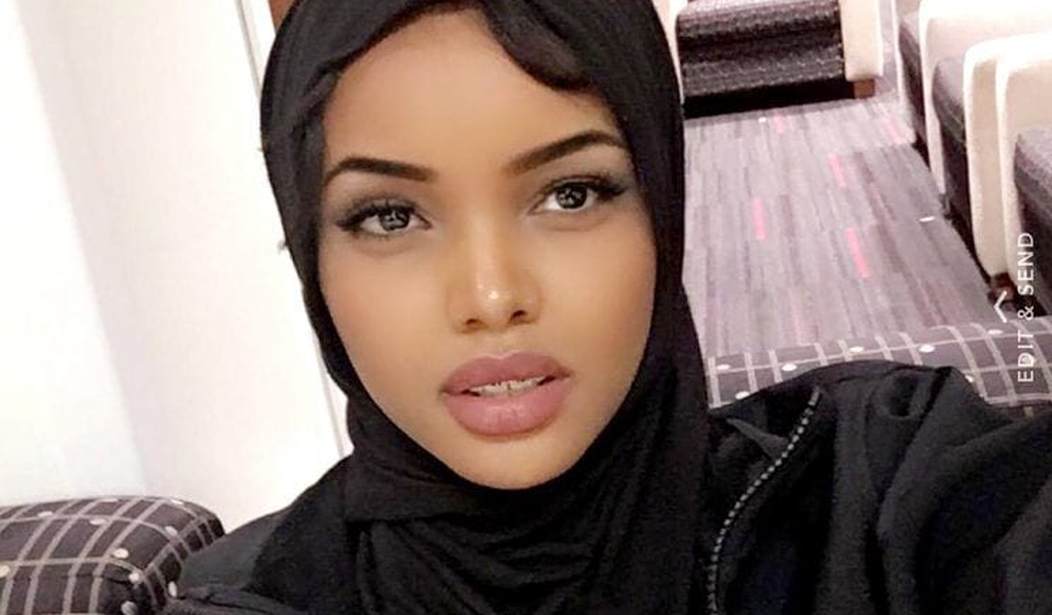
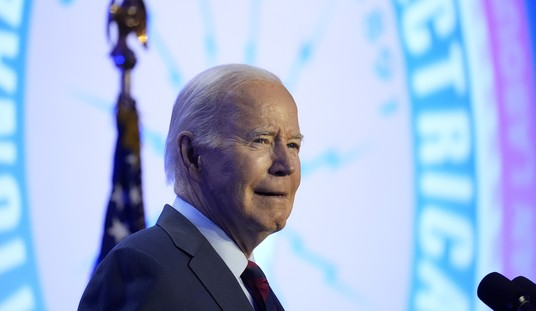
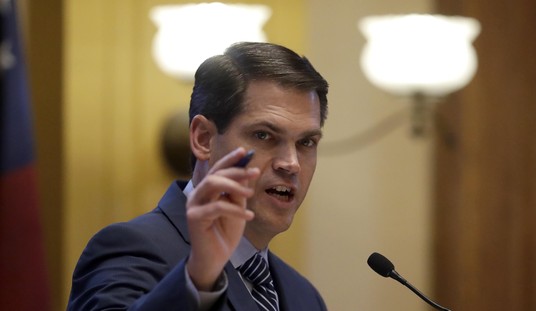


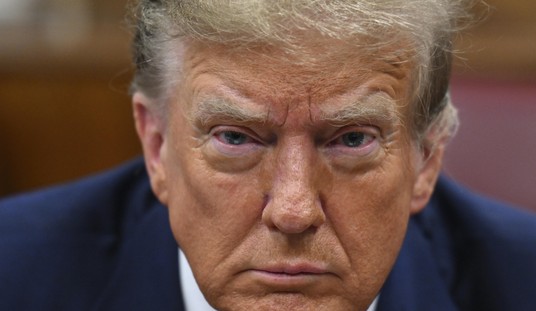
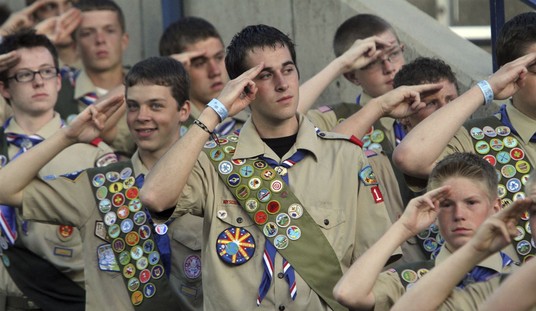
Join the conversation as a VIP Member